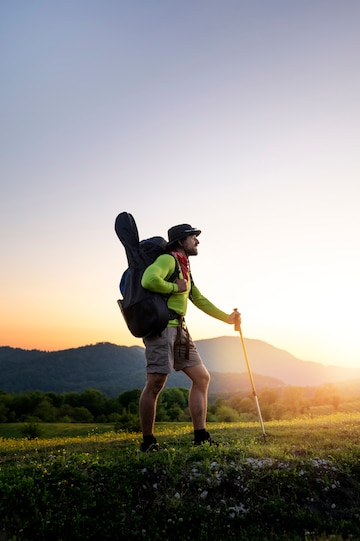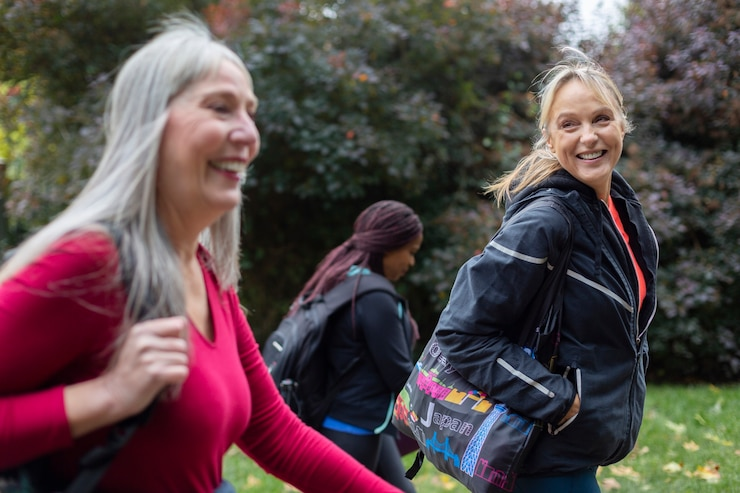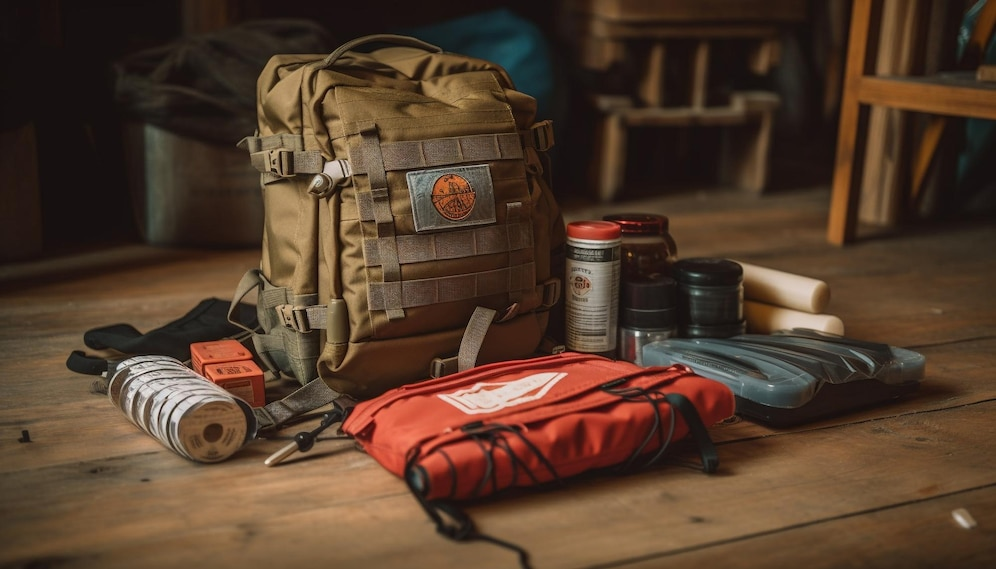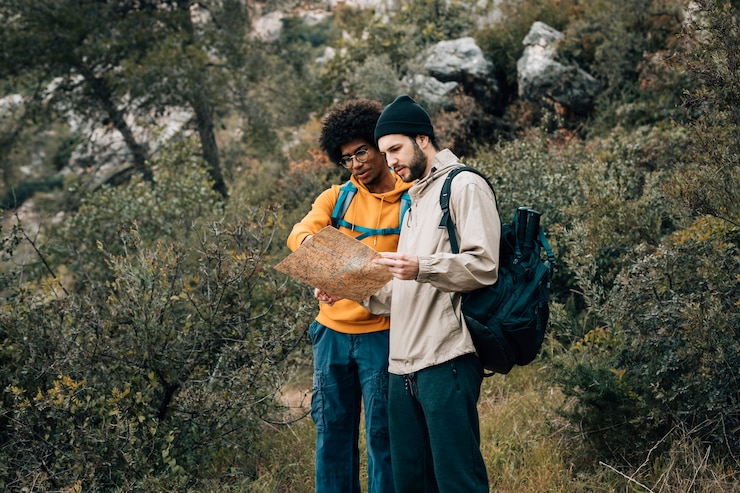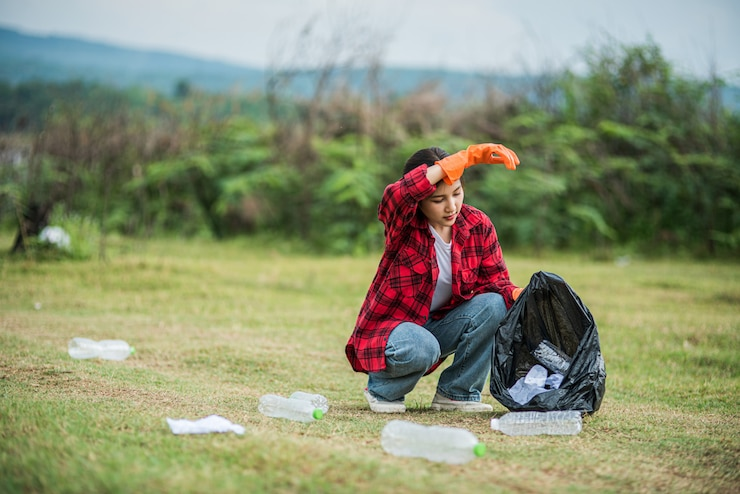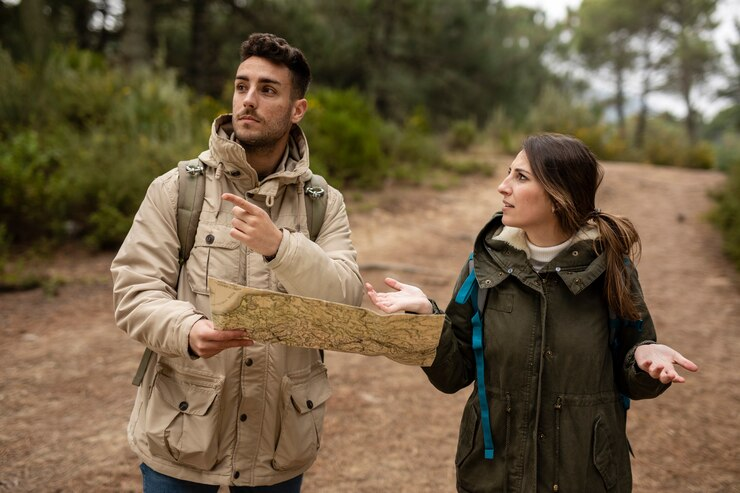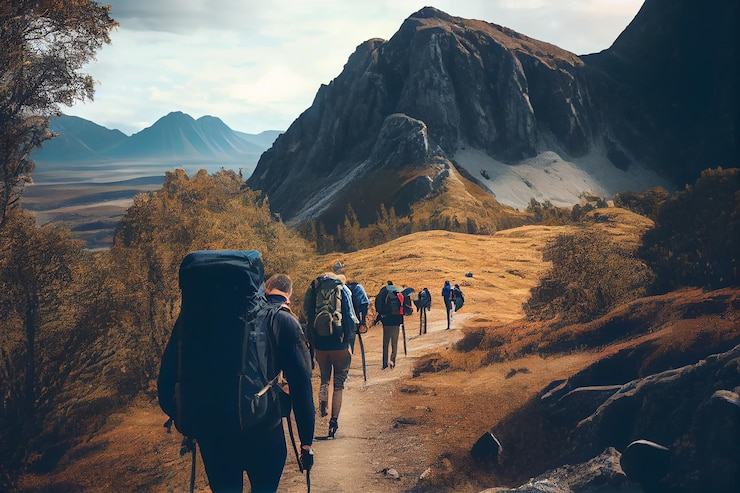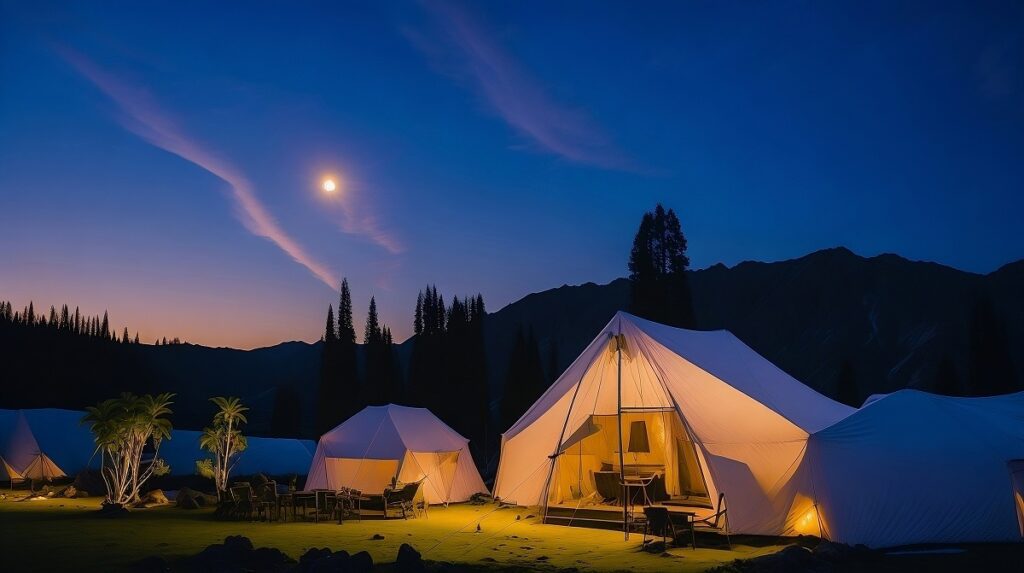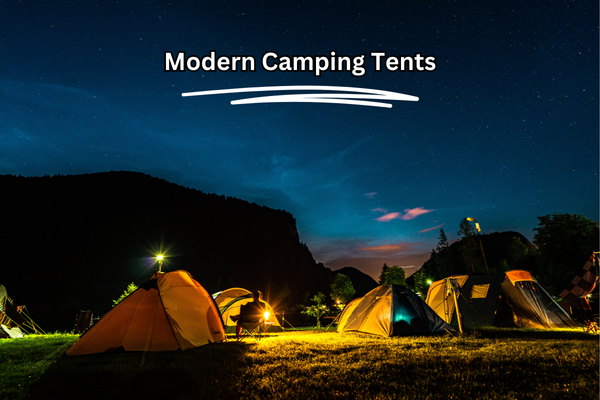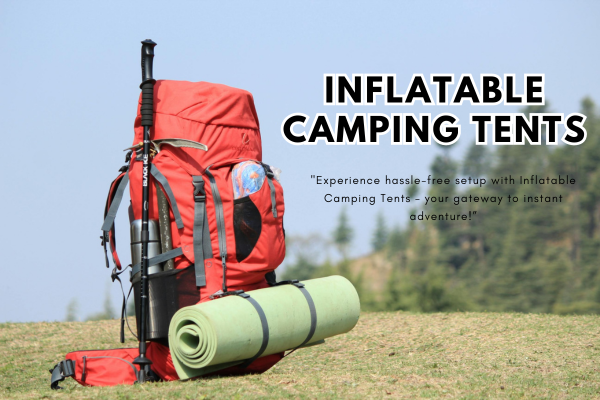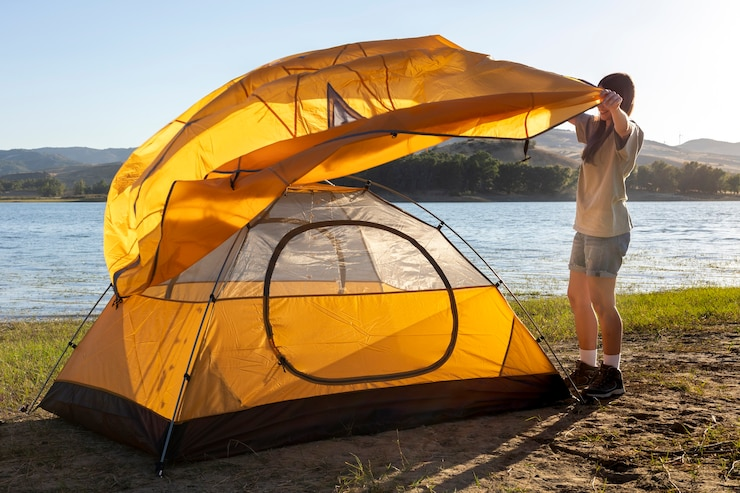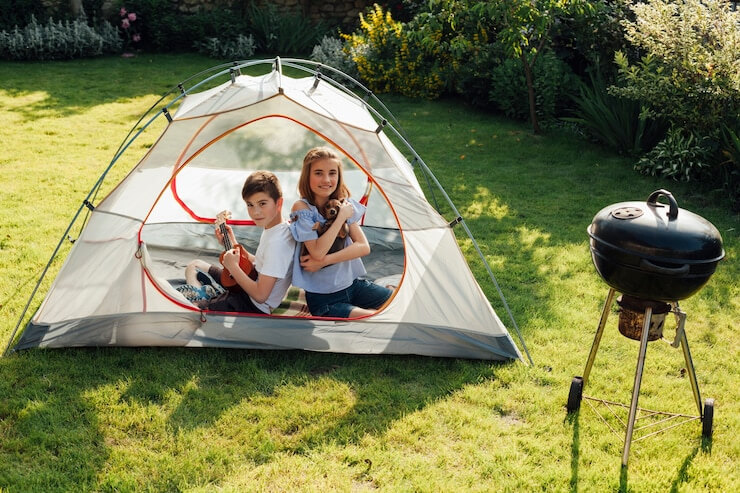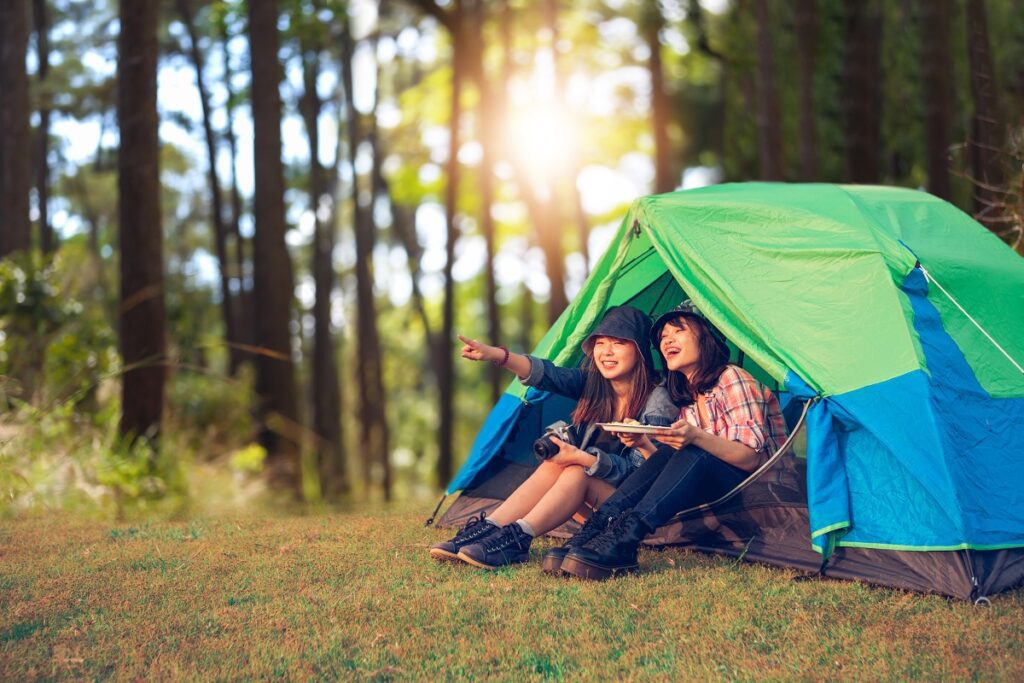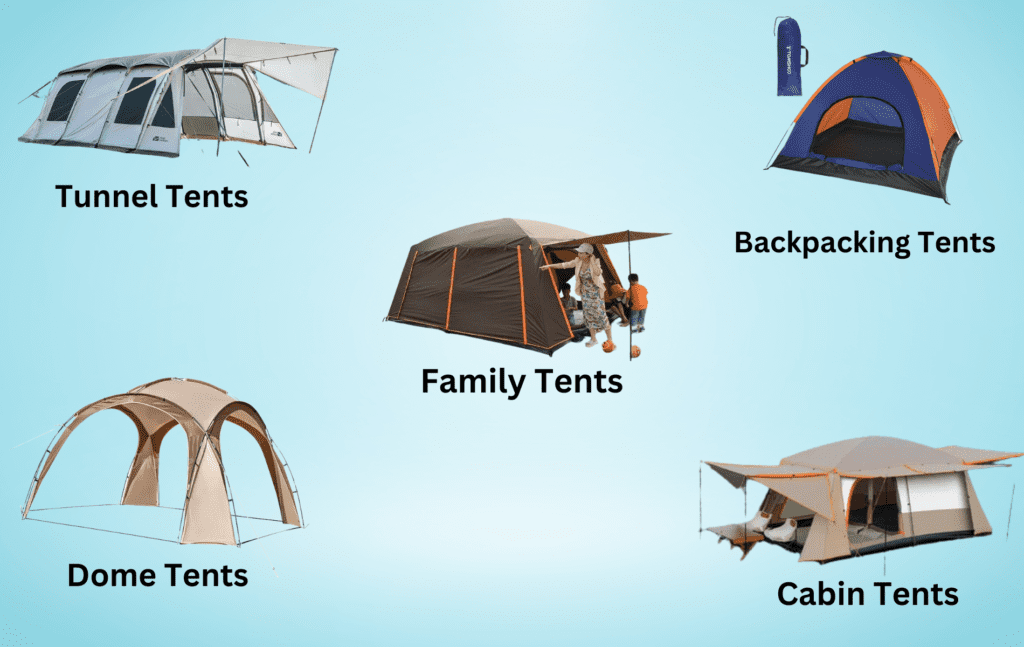Summer Camp Tips: How to Prepare for the Best Experience?
Introduction to Summer Camp Tips
What is a Summer Camp?
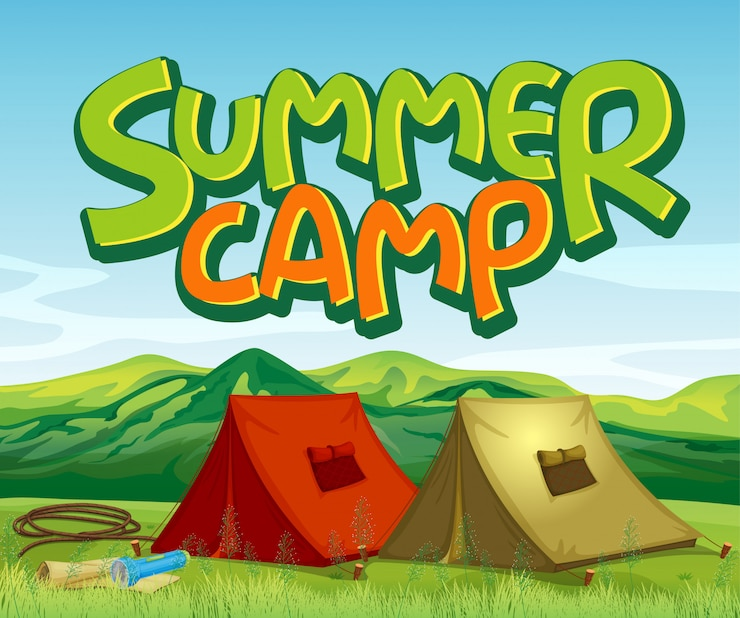
Why Summer Camps are Great for Kids and Teens?
Summer camps offer a unique opportunity to unplug from technology, step out of comfort zones, and build confidence. It’s a place to make lifelong friends, learn new skills, and develop independence. Camps can be a refreshing break from routine, offering new experiences that can shape a young person’s development.

How to Choose the Right Summer Camp
How to Choose the Right Summer Camp
Adventure Camps: Focus on outdoor activities like hiking, canoeing, and climbing.
Sports Camps: Perfect for kids interested in learning or improving specific sports.
Arts Camps: Offer creative outlets like painting, music, and theater.
Day Camps vs. Overnight Camps
Preparing for a Summer Camp
Checklist for Packing
- Clothing: Pack enough clothes for a week, considering the weather and activities. Include swimwear, hiking boots, and comfortable outfits.
- Camping Gear: If you’re heading to a nature camp, check out this guide on choosing the perfect tent to make sure you’re well-prepared.
- Toiletries and Personal Care: Sunscreen, bug spray, and toiletries are a must.
- Medications: If needed, pack all necessary prescriptions and notify camp staff in advance.
Tips for Making Friends at Summer Camp

Staying Safe and Healthy
Hydration and Sun Protection
Basic First-Aid Knowledge
Engaging in Summer Camp Activities
Tips for Participating in Group Activities
DIY Summer Camp Activities
If you’re in charge of planning or organizing activities, consider DIY projects like creating friendship bracelets or organizing scavenger hunts. These activities are fun and build teamwork.
FAQs
Start by packing early and ensuring all essentials, such as clothes, toiletries, and necessary paperwork, are ready. Research the camp schedule so you know what to expect and can mentally prepare for the activities.
Some common challenges include homesickness, lack of privacy, and adjusting to new routines. However, these can be overcome by staying positive and focusing on the exciting aspects of camp life.
Stay comfortable! Bring light, breathable clothing suitable for outdoor activities. Confidence is key, and feeling good in what you’re wearing will help you enjoy the experience more.
Start by considering the age and interests of the campers. Mix structured activities like sports with free time for socializing. Create a balance between challenging tasks and relaxing moments.
Clothes for each day, swim gear, comfortable shoes, toiletries, sunscreen, a flashlight, and personal items like a journal or book are essential. For more detailed tips, check out our blog on hiking essentials.
Conclusion
Summer camp is all about making unforgettable memories. Whether you’re preparing for your first camp or just looking for ways to improve the experience, the key is to stay organized, be open to new experiences, and enjoy the adventure. Follow these tips, and you’re bound to have a fantastic time!








